Ear Pinning (Otoplasty) In Boise, ID
Enhance the Shape and Proportions of the Ears
Price: $2,000 (one ear); $4,000 (both ears)
Average Procedure Time: 1 – 3 hours
Recovery Time: 2 weeks
Introduction
Otoplasty (Ear Pinning)
Otoplasty, or ear pinning, is a specialized procedure that reshapes and repositions the ears to create a more balanced facial appearance. Though often overlooked, the ears significantly influence facial harmony.
Dr. Gray customizes each otoplasty—whether for children with prominent ears or adults seeking cosmetic refinement—to achieve natural-looking, symmetrical results. This subtle enhancement can make a lasting impact on both appearance and confidence.
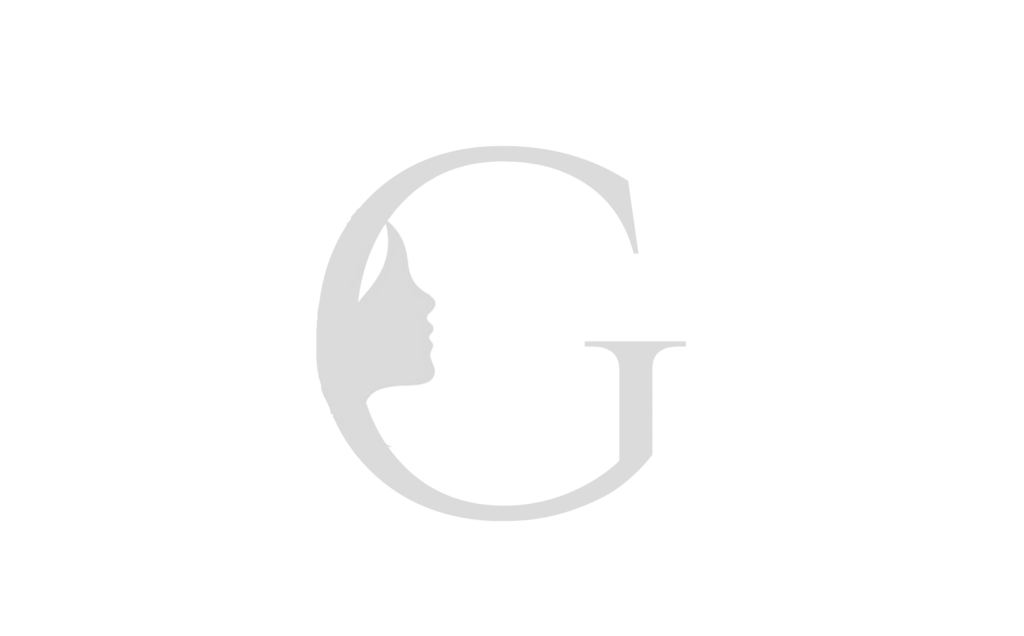
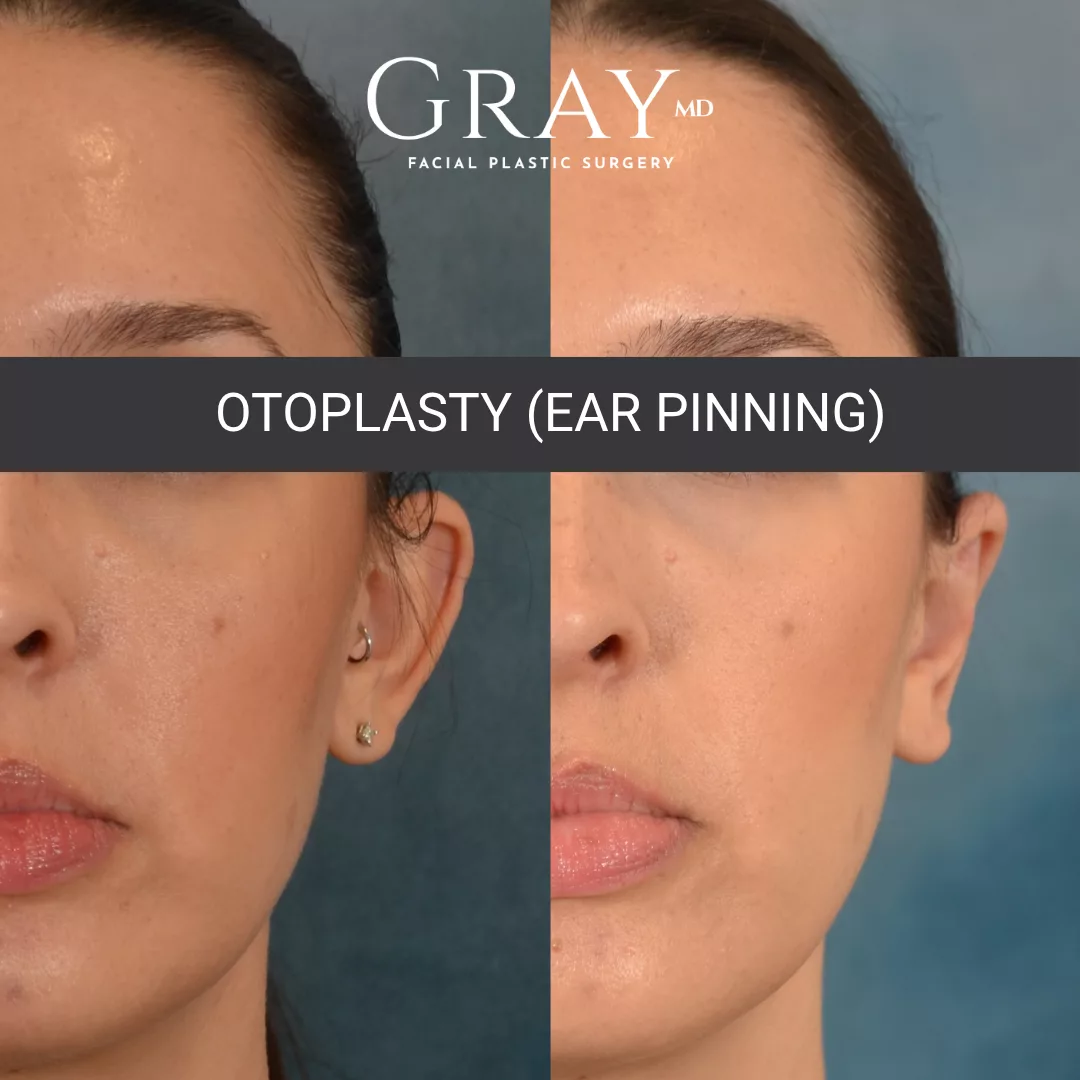
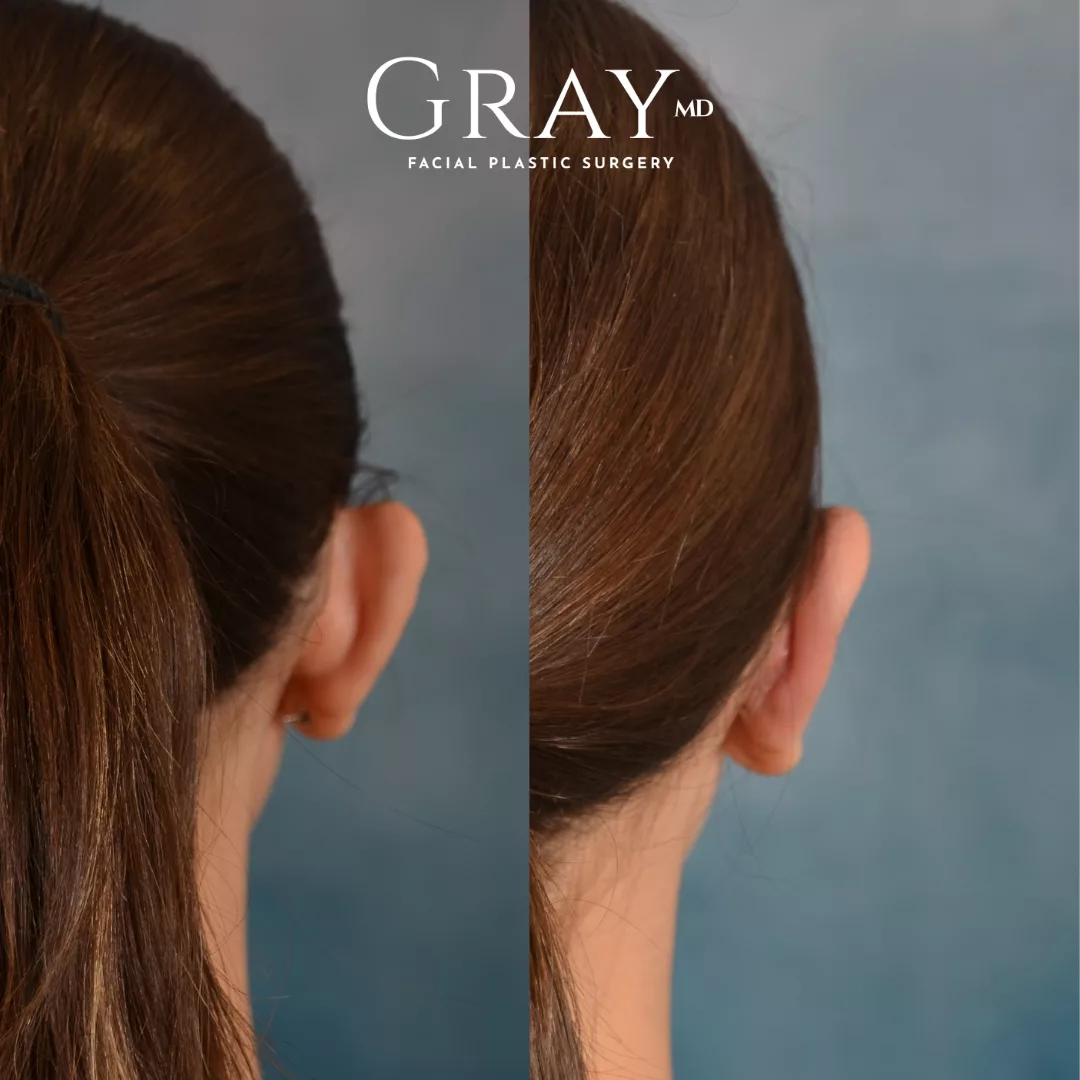
How is Otoplasty Performed?
The goal of Otoplasty is to reshape the ear for a more natural look by restoring the absent folds and contours. Traditional methods often involve an incision behind the ear, where the cartilage may be cut or softened for bending and shaping. Sutures are then employed to mold and set the cartilage into the preferred shape and position.
Adults may undergo Otoplasty with local anesthesia in the clinic, while children may require general anesthesia in an operating room. The aim is to achieve ears that look naturally shaped.
Gallery
Before & After Photos →How Much Does Ear Pinning Cost in Boise, ID?
The cost of Otoplasty or Ear Pinning in Boise, Idaho by Dr. Gray ranges from $2,000 to $4,000 for one ear or two ears, respectively. Dr. Gray’s pricing includes surgeon and fees and all preop and postop visits; however, anesthesia and facility fees can be variable.
The best way to find out how much it will cost for you is to come in for a personalized visit and let Dr. Gray create your surgical plan once an in-depth consultation process is complete. Once a treatment plan is agreed upon, our team will be able to provide a detailed quote detailing the price breakdown for your procedure and offer financing options where appropriate.

Traditional Ear Pinning (Otoplasty) Techniques
Otoplasty, or ear pinning, involves several major techniques depending on the patient’s specific needs and the desired outcome. Dr. Gray will help guide and explain this further during consultation. Most patients require a combination of different otoplasty techniques, however Here are the primary techniques used in otoplasty:
» Dr. Gray’s preferred technique
Overview: This technique reshapes the ear by placing sutures without cutting into the cartilage.
Procedure: Dr. Gray uses stitches to fold and pin back the ear without excising cartilage. It relies more on suture placement to hold the ear in a new position.
Ideal For: Patients with less severe ear protrusions or those looking for a less invasive approach.
Advantages: Minimizes trauma to the ear cartilage, reducing the risk of complications and providing a natural look.
Overview: This technique involves making precise incisions in the ear cartilage to reshape it.
Procedure: Dr. Gray removes or weakens sections of cartilage, allowing it to be repositioned into a more natural contour. Sutures are then used to hold the new shape.
Ideal For: Patients with prominent or irregularly shaped ears.
Advantages: Allows for precise reshaping of the cartilage and a more customized result.
Overview: This technique addresses protruding ears by correcting the conchal bowl (the deep portion of the outer ear).
Procedure: Sutures are placed between the conchal cartilage and the mastoid bone (behind the ear), pulling the ear closer to the head.
Ideal For: Patients with prominent conchal bowls contributing to ear protrusion.
Advantages: Provides a lasting solution for patients with severely protruding ears.
Overview: A common technique that recreates or enhances the antihelical fold (the ridge near the edge of the ear).
Procedure: Permanent sutures are placed to create a well-defined antihelical fold, which brings the ear closer to the head and gives it a more natural shape.
Ideal For: Patients with a poorly defined antihelical fold.
Advantages: Creates a natural-looking ear contour and is particularly effective for patients with underdeveloped ear folds.
OTOPLASTY (EAR PINNING) FAQs
Ideal candidates for otoplasty are those in good health and with realistic expectations regarding the surgery. The procedure is commonly performed on children starting at the age of five and is also suitable for adults.
Experiencing discomfort after otoplasty is typical and can be controlled. Patients may encounter mild to moderate pain, swelling, and bruising near the ears. Patients typically are given pain medication or suggest over-the-counter analgesics to alleviate discomfort.
As with any surgical procedure, otoplasty presents certain risks such as infection, bleeding, and the possibility of unsatisfactory scarring. Additionally, there may be a need for revision surgeries.
Yes, the outcomes of otoplasty are usually permanent. After the ears have been reshaped to the desired appearance, the results are typically lifelong.
The incisions from otoplasty are usually concealed behind the ear or in its natural folds, making any scarring minimal and likely to diminish over time. Dr. Gray will offer guidance on how to care for the incisions to ensure optimal healing and to reduce the visibility of any scars.
Dr. Gray believes in complete transparency with procedure pricing. Dr. Gray’s otoplasty (ear pinning) fee is located on our Procedure Pricing Page.
The timeline for recovery after otoplasty differs among individuals, but typically, patients may resume their usual activities in one to two weeks. Nonetheless, it could take a few months for the swelling to fully diminish and the ultimate outcomes to be fully realized.
Otoplasty is generally regarded as a cosmetic procedure and is not usually covered by insurance policies.
Patient Reviews
"Choosing Dr. Gray for my rhinoplasty was one of the best decisions I’ve ever made. From my initial consultation to the final result, Dr. Gray and his team made me feel comfortable and confident every step of the way. I was always self-conscious about my nose, but Dr. Gray listened to all of my concerns and crafted a plan that suited my facial features perfectly. The results are beyond what I could have imagined—my nose looks natural, balanced, and I finally feel like the best version of myself. The entire experience was smooth, and the recovery was faster than I expected. I can’t thank Dr. Gray enough for his expertise and care!"
"I couldn’t be happier with my facelift experience with Dr. Gray. From the moment I met him, I knew I was in great hands. He truly listened to my goals and concerns, and his attention to detail was incredible. The results are beyond what I expected—my face looks rejuvenated, youthful, and completely natural. Dr. Gray’s skill and artistry have given me a fresh, lifted appearance without looking overdone. The entire process, from consultation to recovery, was seamless, and his team was supportive every step of the way. I feel more confident than ever, and I’m so grateful to Dr. Gray for helping me feel like myself again!"
"I’m absolutely thrilled with the results of my scar revision surgery with Dr. Gray. For years, I was self-conscious about a large facial scar that never seemed to fade. From the first consultation, Dr. Gray was compassionate and knowledgeable, explaining every step of the process and setting realistic expectations. The procedure went smoothly, and the results are better than I could have imagined. The scar is now barely noticeable, and my confidence has been completely restored. Dr. Gray’s precision and expertise truly made all the difference. I can’t thank him enough for giving me back my confidence!"
